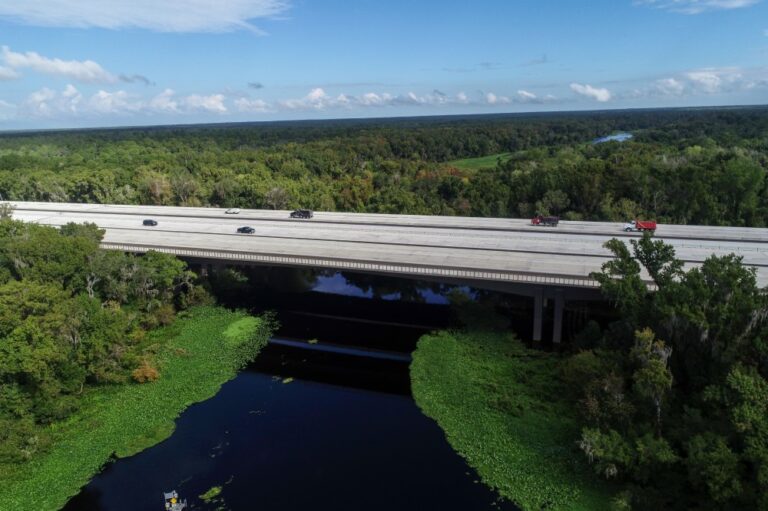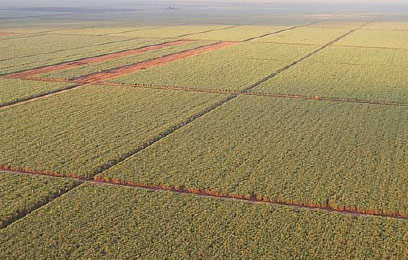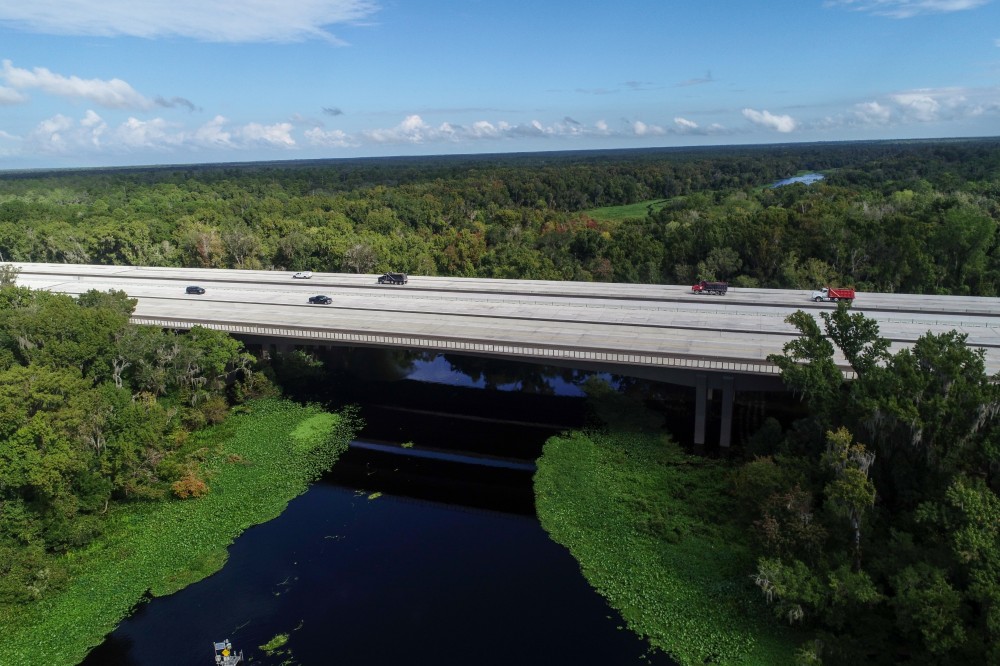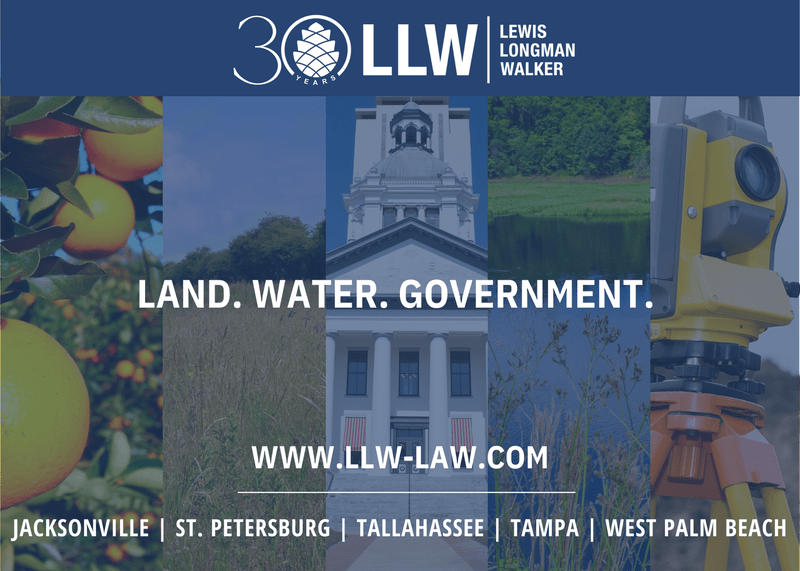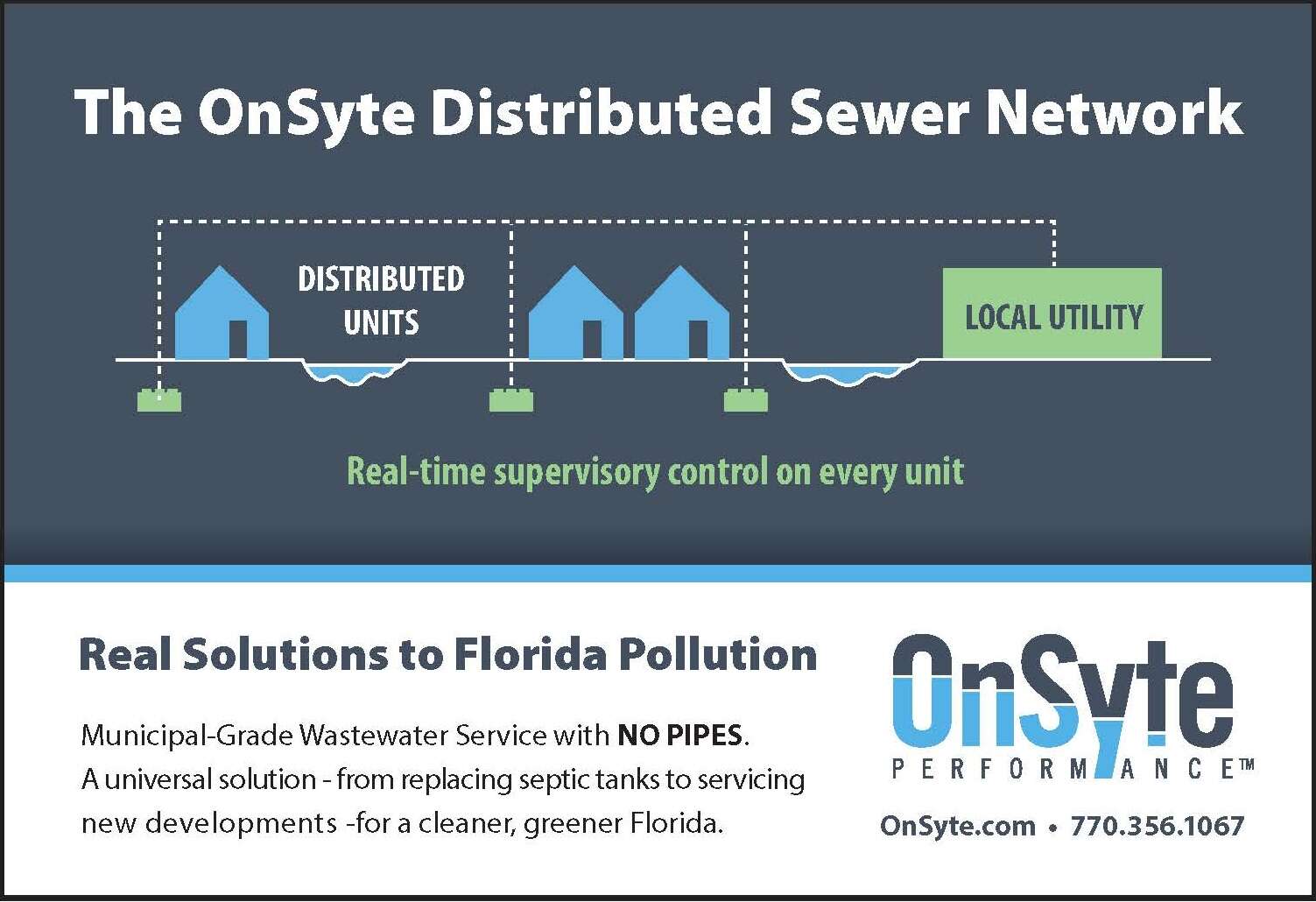By LINA ALFIERI STERN
In the midst of the COVID-19 pandemic, Kenneth “Bud” Howard, the Director of Information Services for the Loxahatchee River District, was tasked with monitoring key water data collected from a wastewater treatment system that served 100,000 people in Florida’s northern Palm Beach and southern Martin counties.
As a scientist and trained ecologist, Howard was well-equipped to analyze the data, and he soon discovered that wastewater testing for COVID-19 was a valuable tool for tracking infectious diseases. Howard first became aware of wastewater monitoring during the early stages of the pandemic, when he saw news articles about the practice being used in Europe. He immediately recognized the potential value of wastewater testing for COVID-19 and began working with WastewaterSCAN and the CDC’s National Wastewater Surveillance System (NWSS) to collect and analyze wastewater data. Currently, the partnership allows the Loxahatchee River District to monitor wastewater for more than 10 infectious diseases, including influenza, RSV, and norovirus.
“From the very beginning, we felt compelled to provide this information to our community in digestible ways,” Howard said. “We really worked hard to make sure to present our findings to the public in an easy, understandable format.”
The result is a comprehensive dashboard on the LRD website that provides real-time data to not only the public health and scientific communities but also the citizens of the District.
As public health crises can spread rapidly, it is crucial to have advanced surveillance systems in place to detect potential threats before they become widespread. One unlikely ally in this effort is wastewater from municipal sewer systems. Wastewater includes both blackwater from toilets and graywater from sinks and appliances, as well as clean untreated water from rains and other runoff.
Wastewater monitoring involves collecting samples from sewage treatment plants and testing them for traces of genetic material from pathogens. Samples are sent to environmental or public health laboratories for testing and the results are analyzed and reported to health departments and the public. The Centers for Disease Control and Prevention’s (CDC) National Wastewater Surveillance System (NWSS) offers a comprehensive public framework for monitoring infectious diseases through wastewater.
With 1,213 sites reporting to the system, the monitoring is implemented in all 50 states, three territories, and five tribal organizations. In addition, there are several other major information hubs that collect and analyze both national and world data. The WastewaterSCAN Dashboard provides current and historical data on 11 different pathogens. COVIDPoops provides worldwide data on 72 countries for the COVID virus, while Biobot Analytics tracks COVID-19, influenza A and B, and RSV.
Monitoring initiatives can be tailored to specific needs. For example, back in 2020, the University of Florida implemented a wastewater surveillance system called GatorWATCH to detect COVID-19 infections on campus. The system monitored wastewater from 28 residence halls, apartment complexes, and fraternity/sorority houses and alerted the UF Health Screen, Test & Protect initiative when the virus was detected. The team behind GatorWATCH, led by Dr. Joe Bisesi of UF’s Center for Environmental and Human Toxicology, includes public health, microbiology, and environmental toxicology experts, partnering with medical and facilities personnel. GatorWATCH continues to research and track pathogens and toxins through funded grants and other partnerships. Of note, a partnership with the National Institute on Drug Abuse is funding their work on the National Drug Early Warning System, a national wastewater monitoring initiative designed to analyze illicit drug usage patterns across the country.
“We believe wastewater-based epidemiology is a crucial tool to supplement and enhance ongoing public health surveillance efforts that drive interventions to reduce the burden of disease among our populations,” Bisesi said.
Meanwhile, across the Gulf of Mexico, a team at the Texas Epidemic Public Health Institute (TEPHI) is getting more granular in its analyses and is monitoring wastewater for H5N1, a type of influenza A virus, that can help detect specific mutations that could indicate adaptation to humans. The team uses virome sequencing, which can identify the entire genome of H5N1 strains, and has detected H5N1 in wastewater in nine Texas cities.
Wastewater monitoring provides early detection of increasing cases of infectious diseases, and the data can show changes in disease trends before they are seen in clinical cases. This can allow healthcare providers and hospital systems to prepare for upcoming increases in visits and hospitalizations. Wastewater monitoring is independent from medical systems and can detect infection in a community regardless of whether people have symptoms or access to healthcare. And wastewater monitoring is fast and efficient, with results available within five to seven days.
Furthermore, wastewater monitoring can also provide insights into community health beyond infectious diseases. For example, monitoring can detect the presence of chemicals and pollutants in wastewater, which can indicate potential environmental health hazards. This information can be used to inform policies and regulations aimed at protecting public health and the environment.
By leveraging this technology, health officials and policymakers can gain valuable insights into community health, detect infectious diseases early, track the effectiveness of interventions, and protect the environment. As technology continues to advance, its potential applications will only continue to grow, making it an increasingly important tool in the efforts to promote public health and safety.




